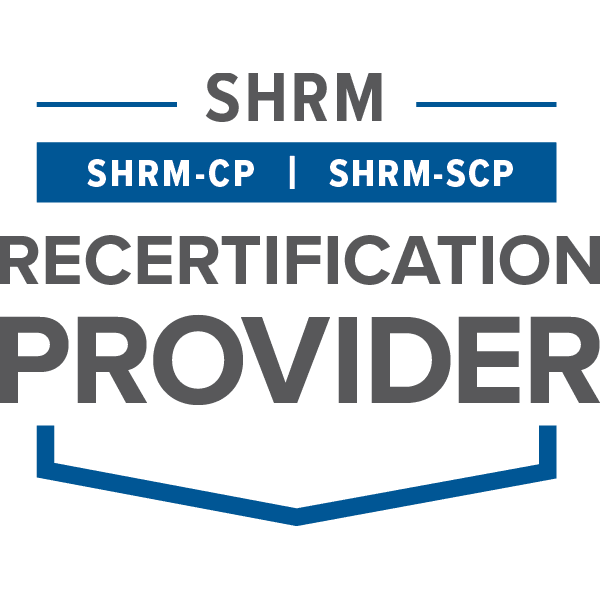
Sustainable Impact through Diversity & Inclusion: Effective Strategies for Chief Diversity Officers
By Shilpa Pherwani, Principal at IBIS Consulting Group
One question that comes up most for Chief Diversity Officers (CDOs) is, “How can we have a sustainable impact on the organization’s bottom line?” Diversity leaders often struggle with this challenge, and over the years, I’ve uncovered some answers.
CDOs wear many different hats. In order to be an effective consultant, coach, influencer, and change agent, they must “go slow, in order to go fast.” One of our IBIS Consulting clients, from a large Fortune 100 manufacturing organization, mentioned that he was pulled in from operations to fill the diversity and inclusion (D&I) leadership role. He spent the first six months building relationships with key stakeholders in the organization. Before developing any strategies, he took the time to actively listen to the business challenges faced by several unit leaders. That act of seeking to understand the business needs bolstered his ability to develop an impactful strategy. It helps when CDOs not only understand the business but speak the business language.
I encourage leaders in the diversity and inclusion space to develop a strategy or roadmap on how D&I efforts will help each business unit leader, and ultimately the bottom line. This plan will need to be routinely updated to align with the changing needs of your workforce as well as your workplace and marketplace. It should address both individual and systemic efforts in order to be effective and sustainable.
It’s crucial to address built-in biases both in systemic organizational structure, as well as in written policies. The strategy should include every aspect of an employee’s life cycle: recruitment and hiring, on boarding, career development, performance feedback, succession planning, training, etc. Organizations such as Sodexo, PwC, and Kaiser Permanente—known for their diversity efforts—have CDOs that use a multi-pronged, widely communicated approach. Most importantly, every aspect of their plan builds in key performance indicators (KPIs), metrics, and measurements to gauge effectiveness and progress of D&I efforts.
Including a CDO as a member of the executive leadership team makes D&I an integral part of business and business practices, as well as a commitment to building a comprehensive approach to D&I embedded into all aspects of the business. To carry out a sustainable and holistic approach, the organization’s leadership must ensure that the CDO has a direct connection with senior leadership and most importantly, the power to make a change. With the strategic efforts of CDOs, companies are able to attract and retain top talent, improve employee engagement, reach more innovative solutions, connect with an increasingly diverse market base, and see the impact on their bottom line.


